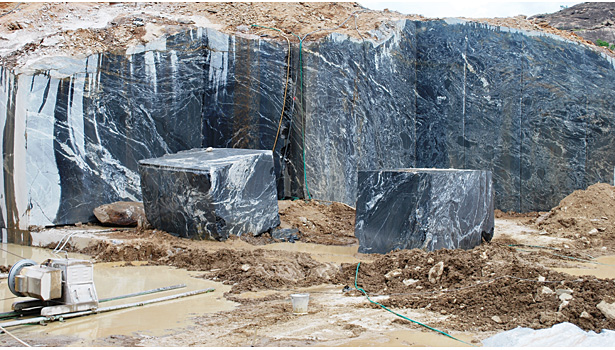A Journey With Granite Quarries in South Africa: Introduction Nature's Creativity
A Journey With Granite Quarries in South Africa: Introduction Nature's Creativity
Blog Article
Unearthing the Rich Background and Lasting Practices of Granite Quarrying
As we depend on the precipice of revealing the complex tapestry of granite quarrying, a journey through time discloses not just the physical act of drawing out stone but additionally the social and historic importance woven into the extremely textile of this technique. From the old origins that laid the foundation for modern quarrying techniques to the lasting practices that are forming the future of this sector, each chisel mark on granite surfaces narrates waiting to be unearthed (granite quarries in south africa). The legacy of granite quarrying stretches far beyond plain removal; it is a testament to human ingenuity, strength, and the long-lasting allure of this magnificent stone
Old Beginnings of Granite Quarrying
Dating back to ancient people, the practice of quarrying granite has been an essential part of human history and architectural advancement. The earliest proof of granite quarrying days back to ancient Egypt, where substantial pyramids and intricate sculptures were crafted from this long lasting rock. The Egyptians used primitive devices to draw out granite blocks from quarries, showcasing the value of this material in their significant buildings.
Moving forward in history, the Greeks additionally made considerable payments to the quarrying of granite. The Greeks utilized granite in different building marvels, such as holy places and statues, demonstrating their ability in shaping and carving this sturdy stone. The Romans additionally fine-tuned the strategies of quarrying granite, using advanced tools like blades and hammers to remove and form granite for their renowned structures.
Via the centuries, the technique of quarrying granite has advanced, with contemporary innovations enhancing performance while preserving the ageless allure of this all-natural stone - granite quarries in south africa. From ancient human beings to modern home builders, the legacy of granite quarrying proceeds to form our world
Evolution of Quarrying Methods
The development of quarrying methods has been marked by a continual development towards better performance and precision in removing granite. Early quarrying methods entailed hand-operated labor with basic tools such as blades, hammers, and wedges to draw out granite blocks from the earth.
Advancements in computer-controlled devices and 3D modeling have actually optimized quarrying operations, leading to very little environmental influence and navigate here enhanced sustainability techniques. As the demand for granite proceeds to increase, the evolution of quarrying techniques continues to be integral to meeting industry requires efficiently and sustainably.
Social Significance of Granite
Granite holds a profound cultural significance throughout numerous human beings due to its enduring presence in architectural masterpieces and prized monoliths. The cultural significance of granite expands past its physical characteristics; it symbolizes strength, security, and eternity, making it a sign of enduring heritages and customs.

Lasting Practices in Quarrying
Among the rich background of granite quarrying and its cultural importance lies an expanding emphasis on lasting techniques within the sector. As ecological understanding and problems regarding resource exhaustion have heightened worldwide, the quarrying industry has actually progressively embraced sustainable approaches to reduce its effect on the environment and surrounding areas.

In addition, reclamation and recovery of quarry sites post-extraction are indispensable to lasting techniques. By bring back quarried locations to an all-natural or beneficial state, such as developing wildlife habitats or recreational areas, quarriers can offset the environmental impact of their operations and contribute favorably to the local ecosystem.
Heritage of Granite Quarrying
With a historic background soaked in workmanship and commercial progression, what enduring effect has granite quarrying left on the landscape of contemporary culture? The tradition of granite quarrying goes beyond plain removal practices; it has formed building marvels, city landscapes, and social heritage worldwide. The durable nature of granite has made it a favored option for monoliths, buildings, and framework, standing as a testament to the skill and virtuosity of quarry workers across generations.
Furthermore, the financial footprint of granite quarrying can not be neglected. The market remains to supply job opportunity and drive regional economic climates in check my source areas where granite extraction is prevalent. It has likewise stimulated technological developments in quarrying strategies and devices, bring about much more reliable and lasting methods.
In terms of sustainability, the tradition of granite quarrying includes initiatives to reduce environmental effects through recovery jobs and responsible source monitoring. By stabilizing financial rate of interests with ecological stewardship, the industry makes every effort to make sure that future generations can proceed to take advantage of this long-lasting natural deposit.
Verdict

Report this page